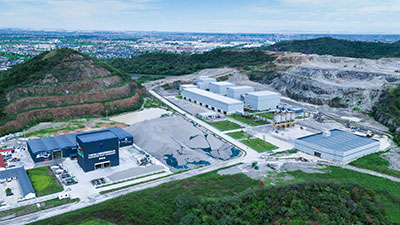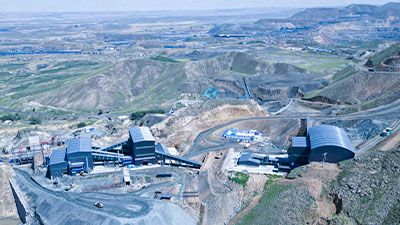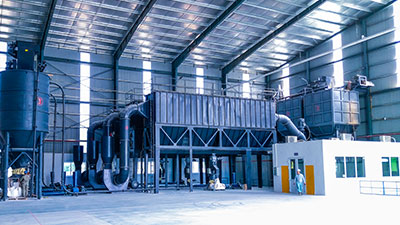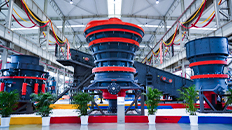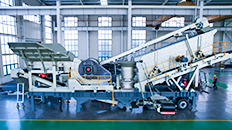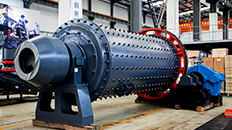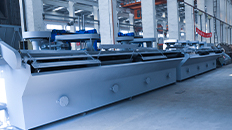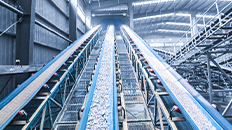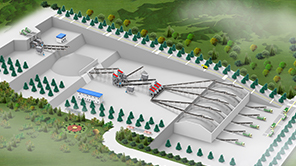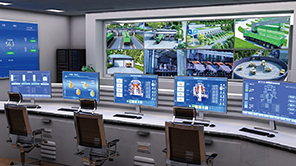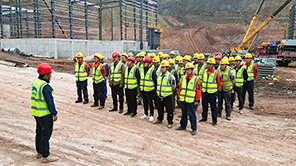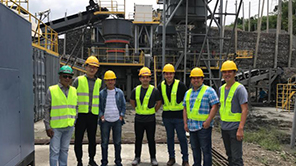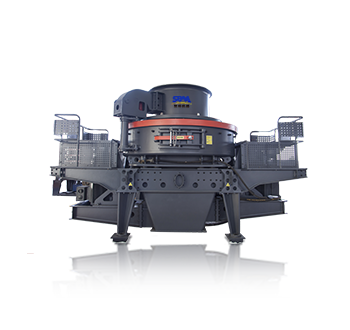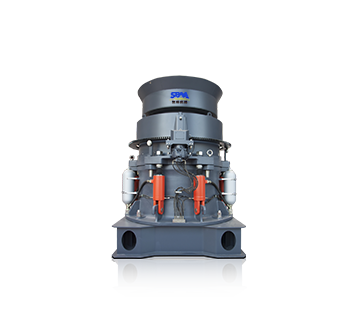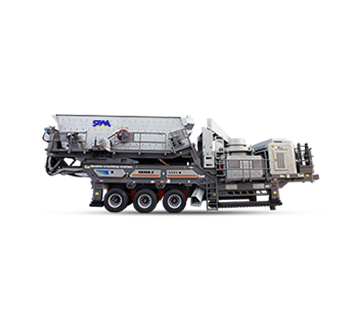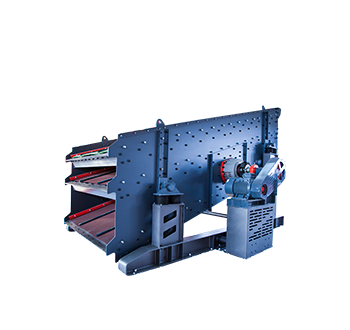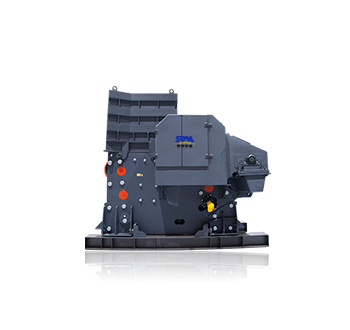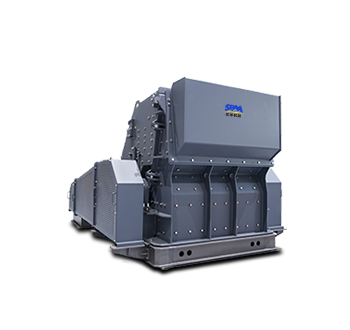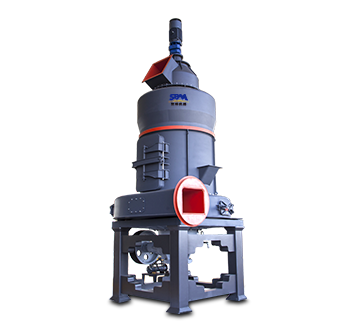Summary:Due to their ability to perform high-capacity screening, vibrating screen is employed extensively across many industries including mining, aggregates, construction, cement manufacturing, recycling and more.
Vibrating screen is versatile machines that facilitate the separation of dry or wet granular materials into specified size gradations. They utilize precisely calibrated vibrations to dynamically agitate particles over screening surfaces, allowing efficient stratification according to size.
Due to their ability to perform high-capacity screening, vibrating screen is employed extensively across many industries including mining, aggregates, construction, cement manufacturing, recycling and more. This article discusses the key applications of vibrating screens within major industrial sectors.

Industry Applications of Vibrating Screen
1. Mining
Vibrating screen primarily serve the mining sector by classifying ore and rock mixtures into commercial sizes after blasting and crushing. This prepares materials for further processing or direct sale. Screens separate powders, rock dust, gravels and coarse aggregates into piles according to grade.
2. Quarrying
Similarly, in quarries rocks are crushed and conveyed over vibrating screen to separate usable crushed stone yields from fine particles. This enables efficient stockpiling of uniformly sized aggregates suited as construction materials. Linear and circular motion screens effectively classify rock sizes.
3. Aggregates Production
Screening plays a key role in washed and unwashed sand and gravel operations that produce construction aggregates. Vibrating screens dewater and filter sand-gravel mixtures to international gradation specifications. Production often involves double or triple deck configurations.
4. Cement Manufacturing
At cement plants, vibrating screen separate limestone and clay from other mine production waste using inclined screen decks. Screens also grade final cement powder and clinker mixtures to specific particulate distributions.
5. Manufactured Sand Production
Here, triple-deck circular vibrating screen finely fractionate crushed rock into artificial sand. Their precision motions yield consistent sand gradations for concrete workability.
6. Recycling Industries
Vibrating screen recover ferrous and non-ferrous metals, plastics, glass and other recyclables from waste streams. Their motions effectively separate materials according to density and size for purity.
Advantages of Vibrating Screen
- 1. Fast screening speeds for high-capacity separation
- 2. Adjustable vibrations to suit varied particle properties
- 3. Economical operation due to minimal power consumption
- 4. Compact footprint relative to throughput capacity
- 5. Durability for continuous heavy-duty applications
- 6. Low maintenance requirements and operational costs
- 7. Low failure rates if properly selected and operated
- 8. Variable screen media for versatile classification

